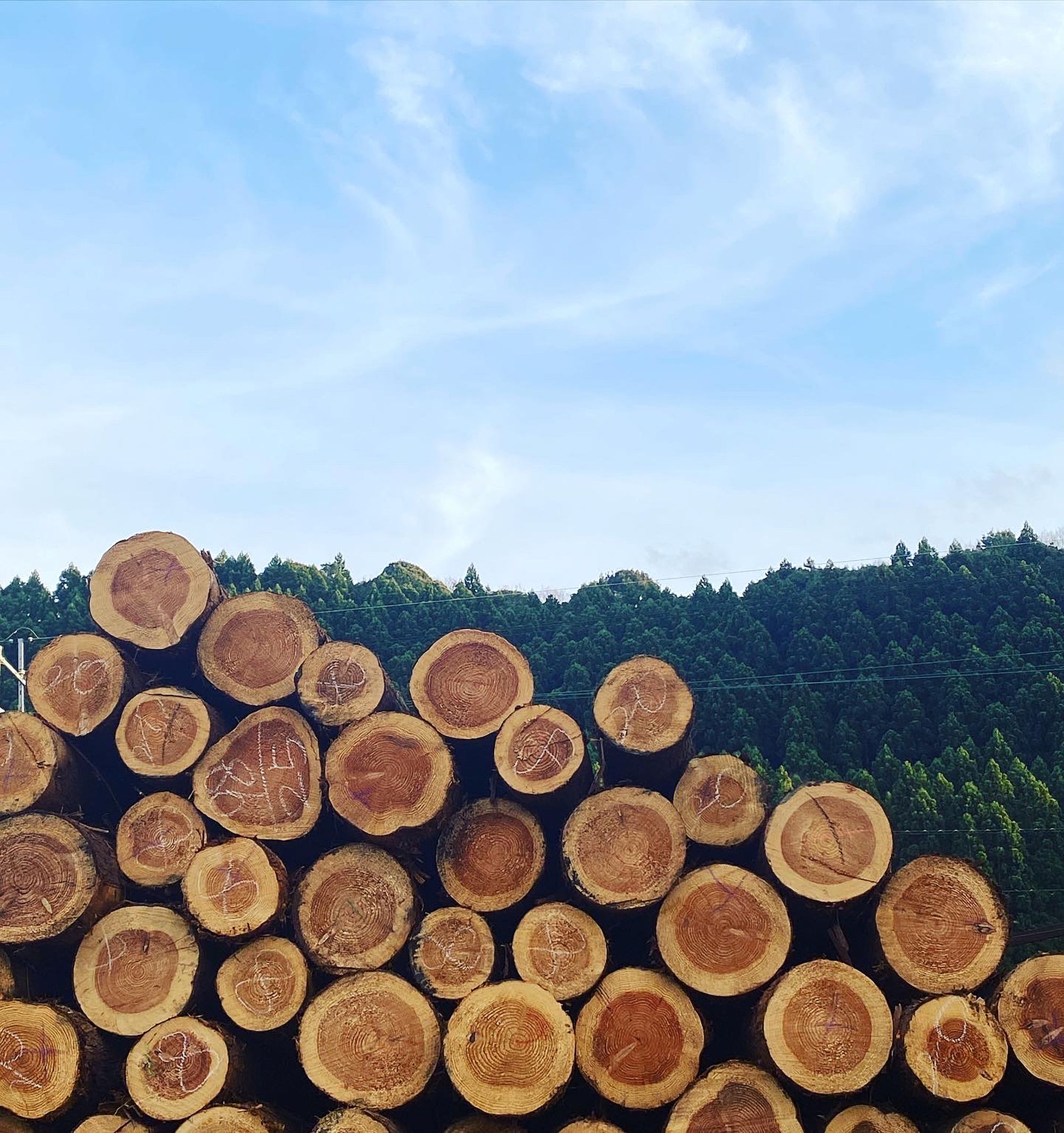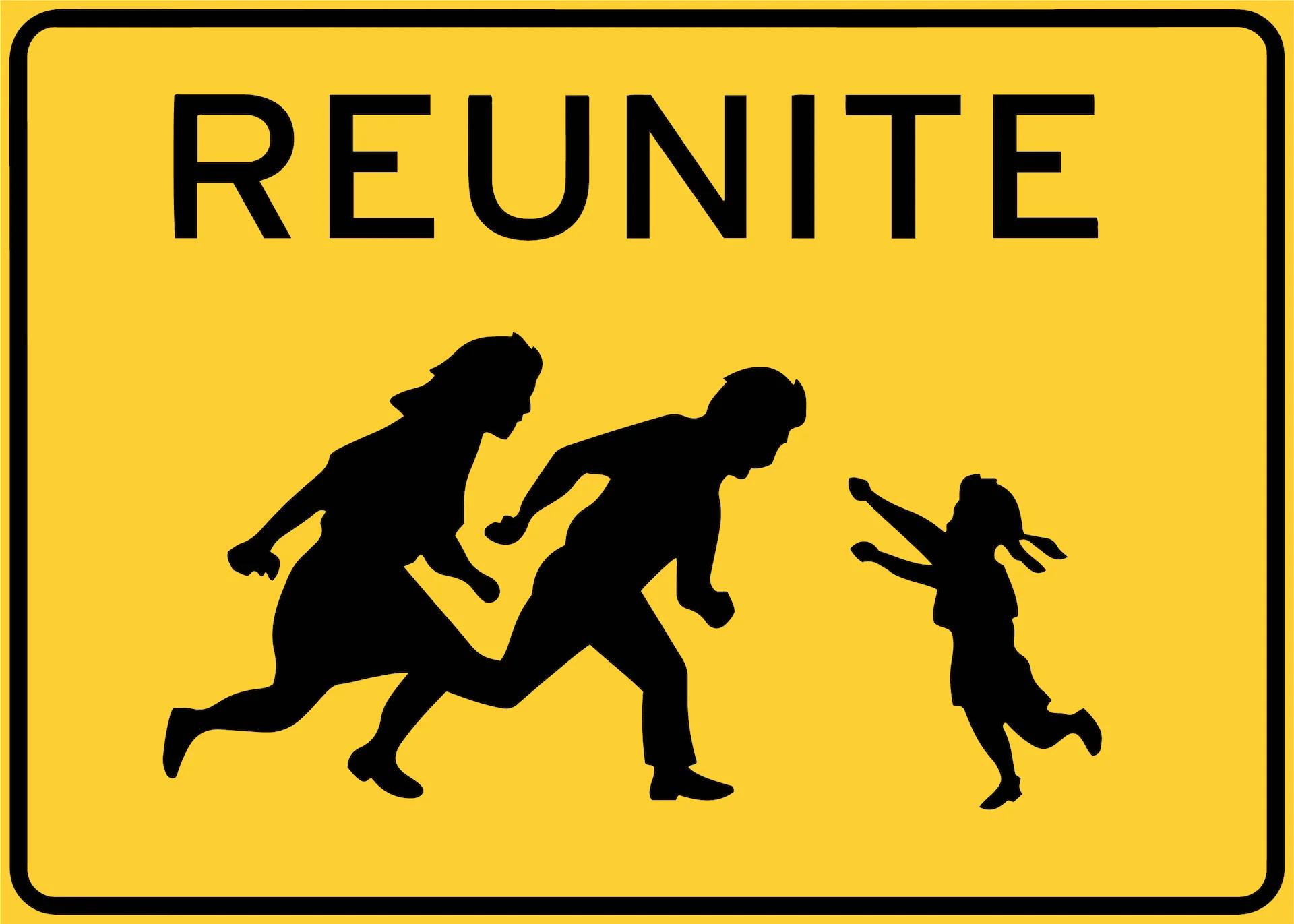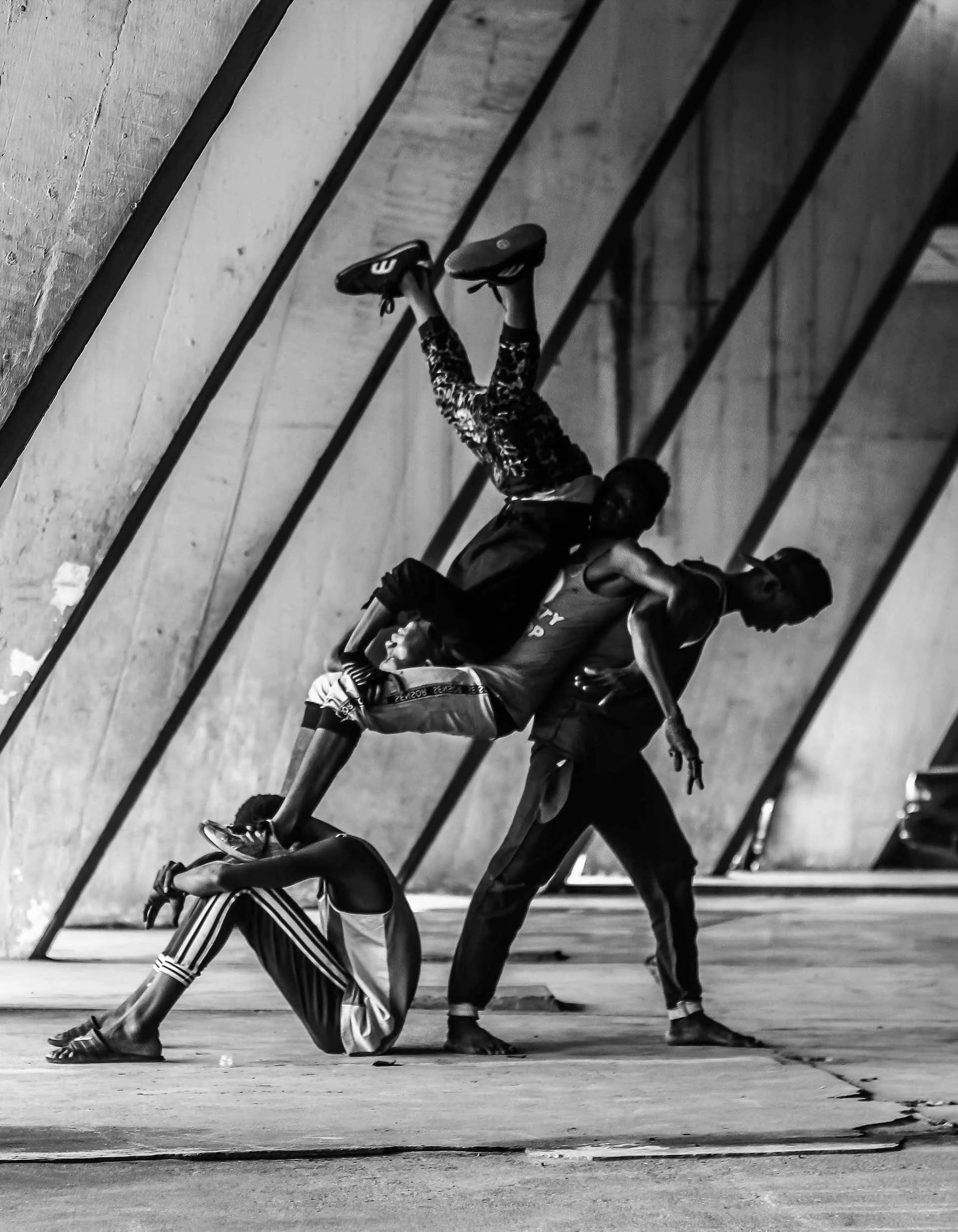POSTCARDS FROM MAY 30 2023
by Design Miami
How radical design can address the 21st century’s converging global crises and imagine a better future for all.
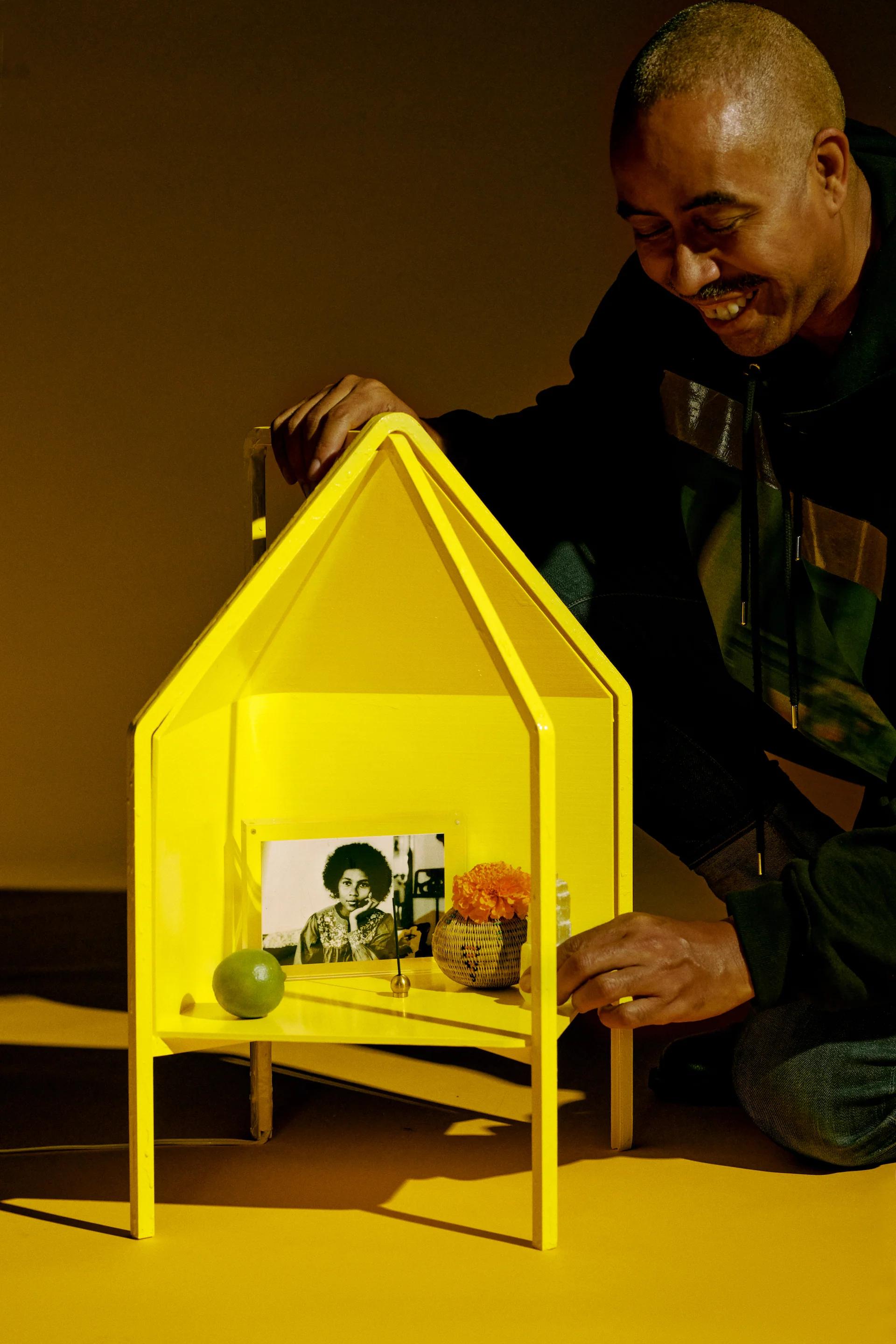
STEPHEN BURKS MAN MADE/ THE SPIRIT HOUSE, FROM SHELTER IN PLACE. THE WORK IS A CONTEMPORARY ALTAR FOR HONORING LOST LOVED ONES INSPIRED BY SOUTHEAST ASIAN TRADITIONS OF MEMORIALIZATION
Photo by Caroline Tompkins; Courtesy of the designer
In our Postcards From series, we ask future-facing design thinkers to share a short message about what’s on their minds right now. This time around, we hear from New York-based duo Stephen Burks and Malika Leiper of Stephen Burks Man Made.
The acclaimed practice is known for its collaborative, hands-on approach, a strategy that aims to make the design world both more innovative and inclusive. “At Stephen Burks Man Made,” Burks says, “we believe that everyone is capable of design, and that everyone should have equal access to the transformative potential of design.”
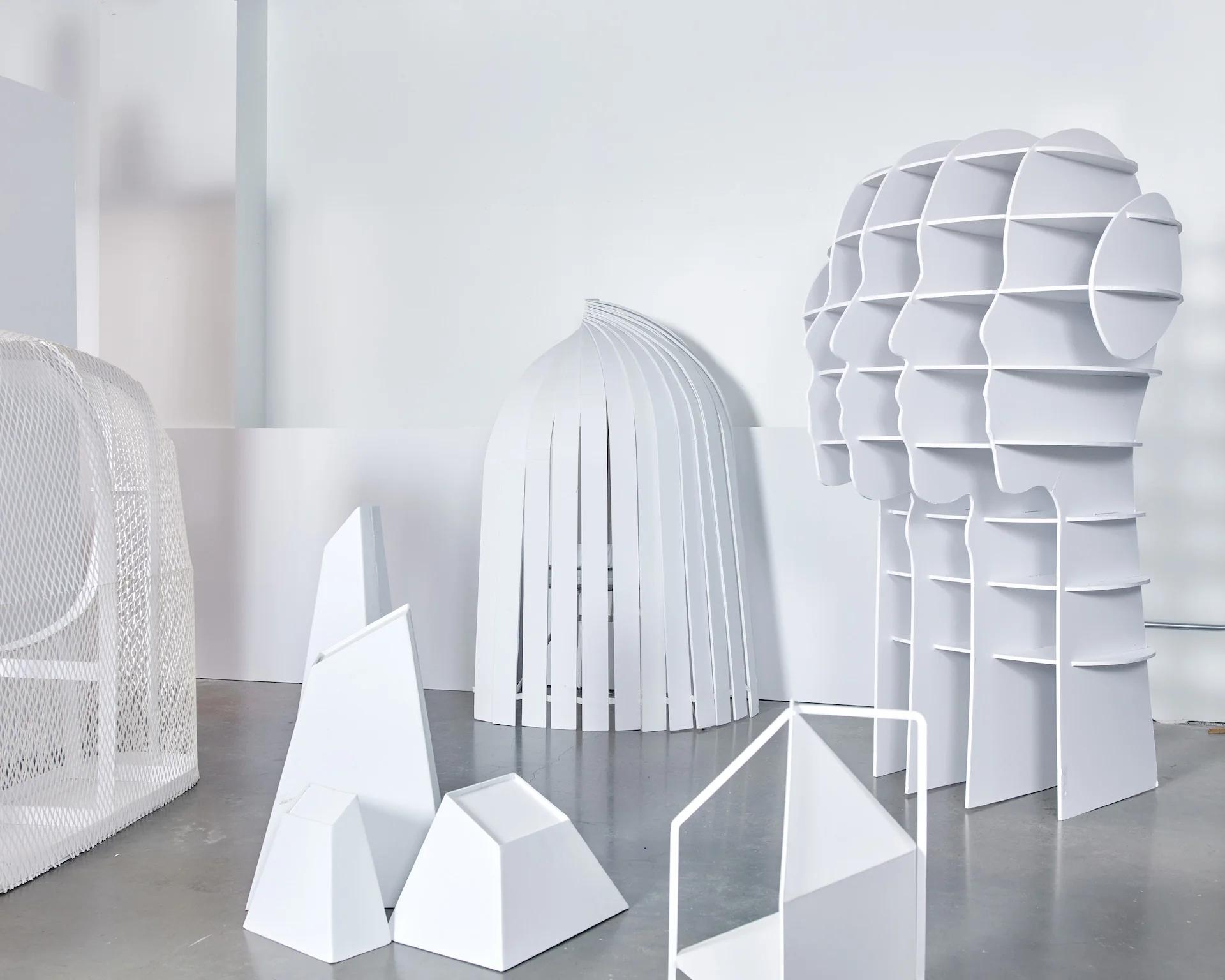
STEPHEN BURKS MAN MADE/ PROTOTYPES FROM SHELTER IN PLACE, A SPECULATIVE SERIES DEVELOPED DURING LOCKDOWN AND COMMISSIONED BY THE HIGH MUSEUM OF ART FOR A SOLO SHOW OF THE SAME NAME
Photo by Caroline Tompkins; Courtesy of Stephen Burks Man Made
The studio’s latest exhibition, Shelter in Place—organized by Atlanta’s High Museum of Art and traveling to the Philadelphia Museum of Art later this year—celebrates that approach while also introducing a new series that specifically reflects on design’s potential to respond to the great challenges of our time. As Burks put it: “to dream of a radically new way forward through craft, design, and community.” Below, the pair expand on that vision and the urgent need to harness design as a tool for social justice. Read on for more in their own words.
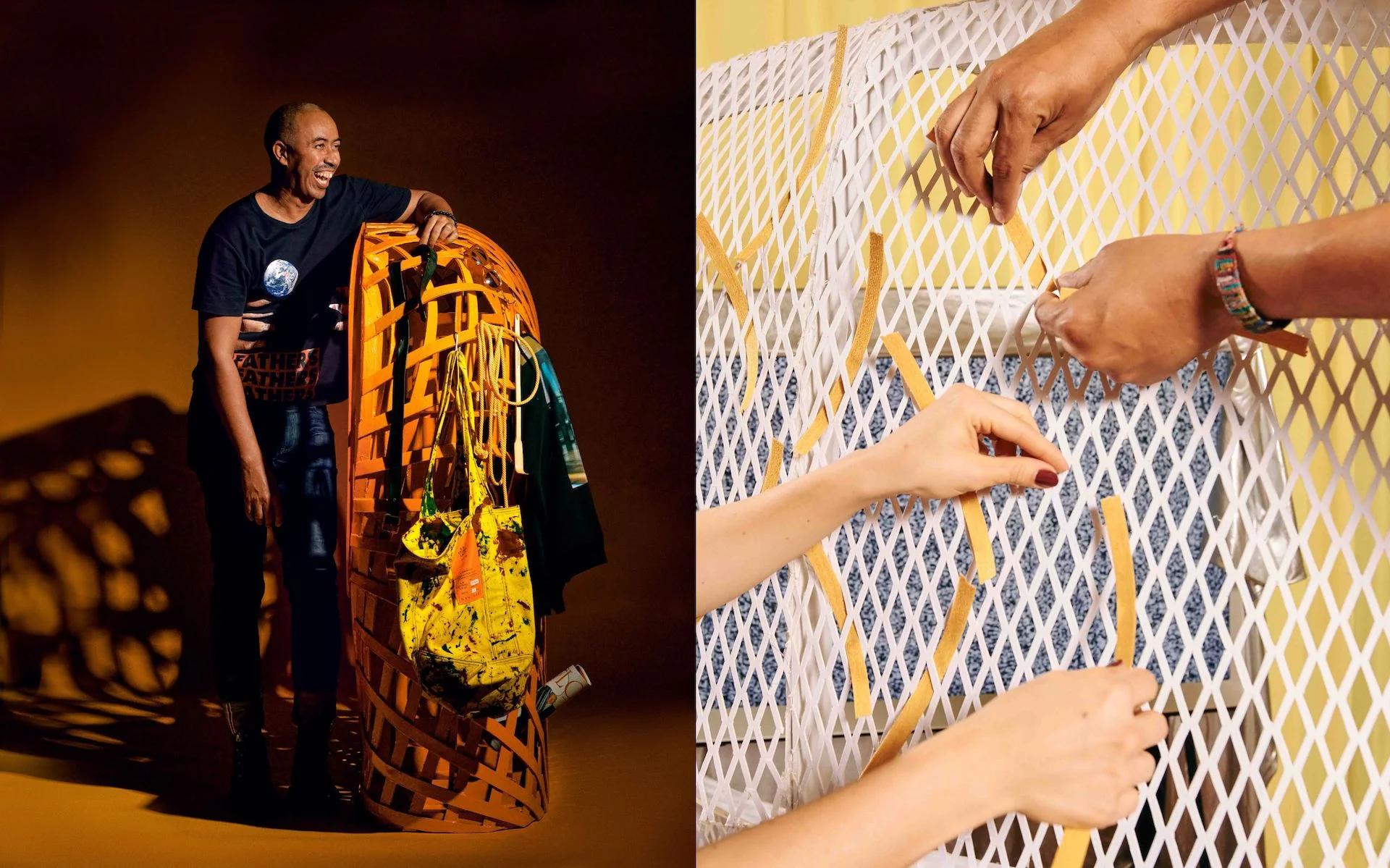
STEPHEN BURKS MAN MADE/ WOVEN TV PROTOTYPE (LEFT AND RIGHT) REIMAGINES THE NEUTRAL TELEVISION SCREEN AS A PERSONALIZED TWO-WAY SITE OF EXCHANGE RATHER THAN ONE-WAY CONSUMPTION
Photo by Caroline Tompkins; Courtesy of Stephen Burks Man Made
Dear Design,
In the second decade of the 21st century, a radical window of creativity opened up only to be shut again three years later.
In March 2020 we were told to “shelter in place.” Despite this order to self-isolate, we built new networks of solidarity to get us through the chaos. We gathered digitally, built shelters for the homeless, and reinvented notions of self-care. “Say their names,” we shouted in remembrance of those lost to police violence, while marching the city’s streets. In the face of racial inequality, we self-organized, spoke truth to power, and demanded a national institutional reckoning with race. Searching for meaning in a hostile world, we turned to creative survival tactics to imagine new ways of looking at the future.
It’s been three years since the summer of 2020, and what was once radical has been normalized. The “new normal” is complacent, predictable, and responds conservatively to market forces that are ultimately adverse to change. As the feeling of unprecedented global disruption lingers, so does the desire to maintain the status quo.
Our collective challenge is to embrace the uncomfortable opposite and use design to make a difference. While that tumultuous year seems like a blip in the rearview mirror, we must remain invested in its generative potential. In this age of converging global crises, it’s time to look beyond commercial briefs and imagine new ways for design to address issues like diversity, togetherness, and belonging. More than a mere exploration of color, form, or style, design is a roadmap to the future in which we all must thrive. In times like these, we must utilize design as a tool for social transformation and be guided by authenticity and generosity.
Sincerely,
Stephen Burks and Malika Leiper
Stephen Burks Man Made
Stephen Burks Man Made’s latest exhibition, Shelter in Place—organized by the High Museum of Atlanta and curated by Monica Obniski—travels to the Philadelphia Museum of Art this fall. Learn morehere.
